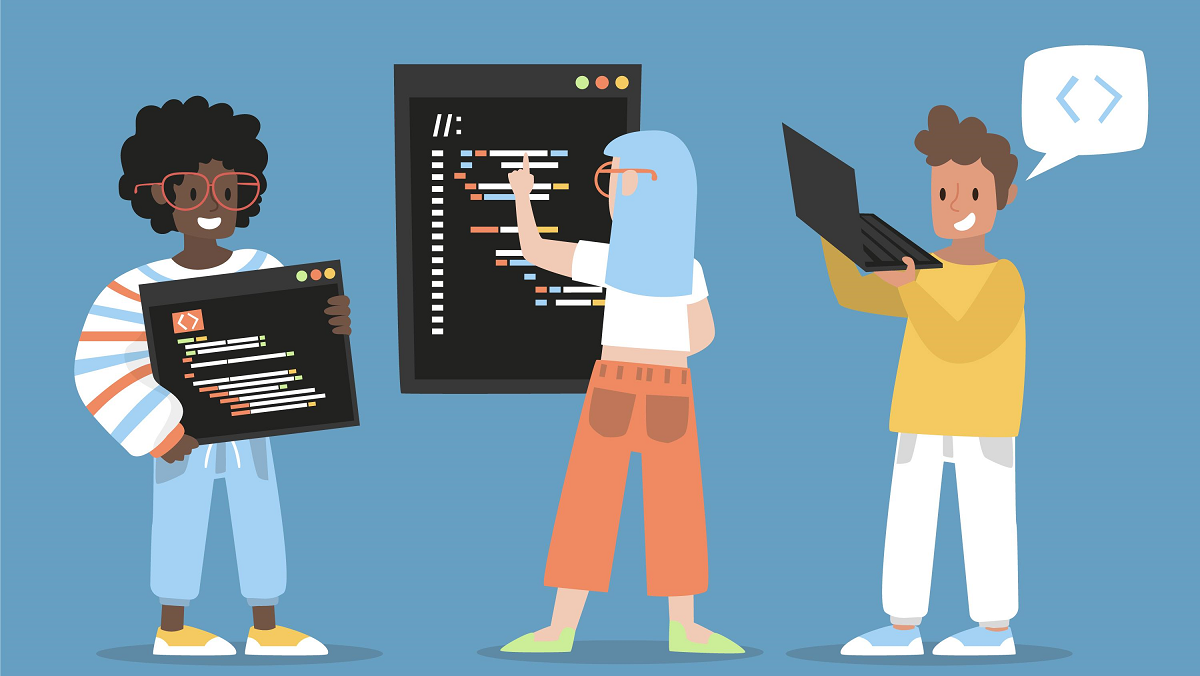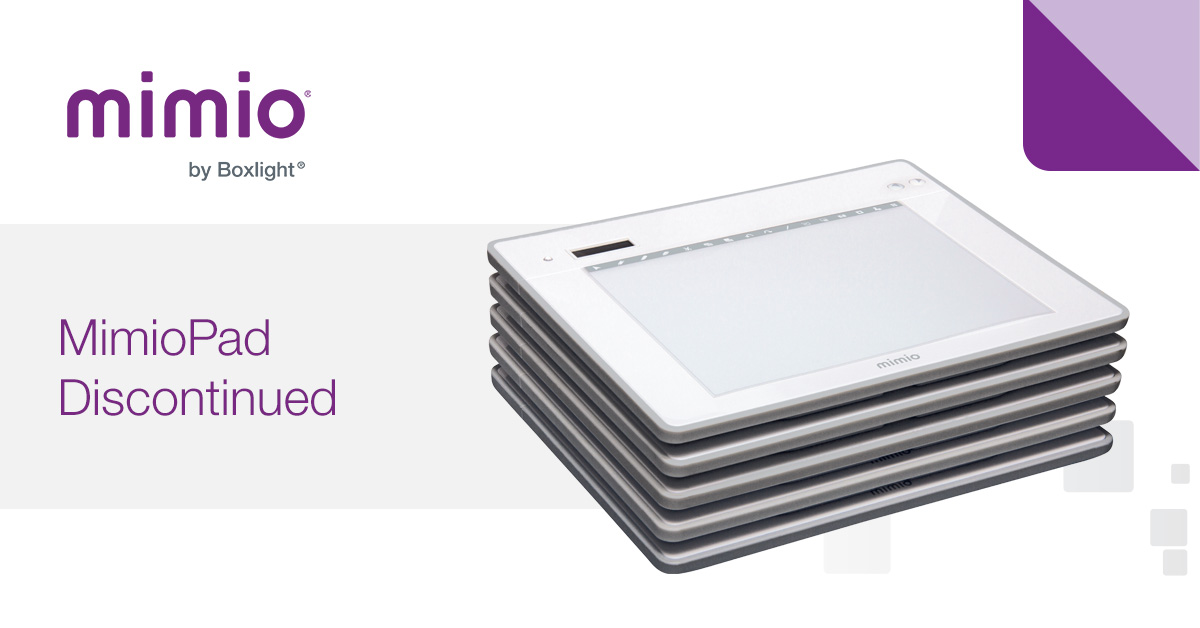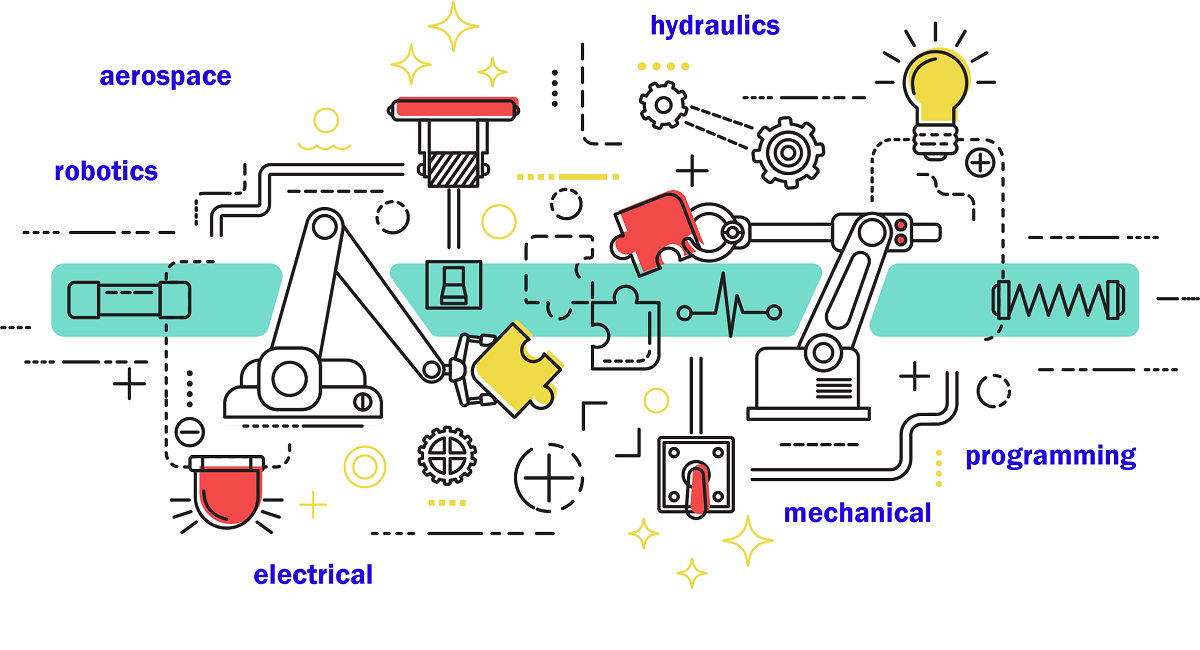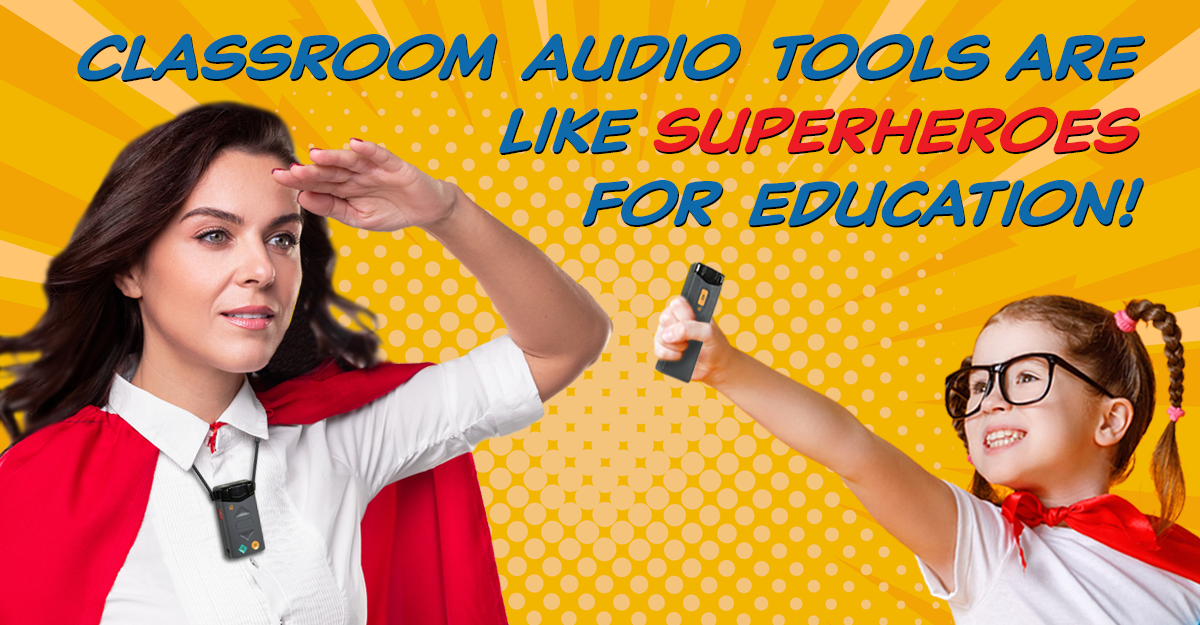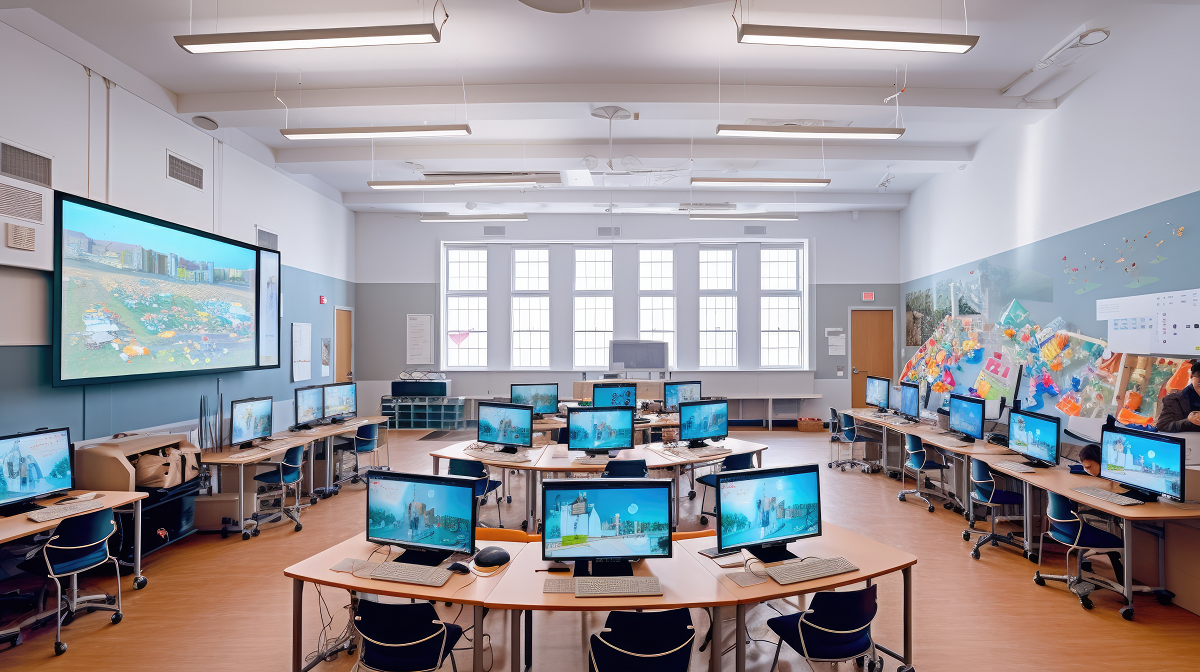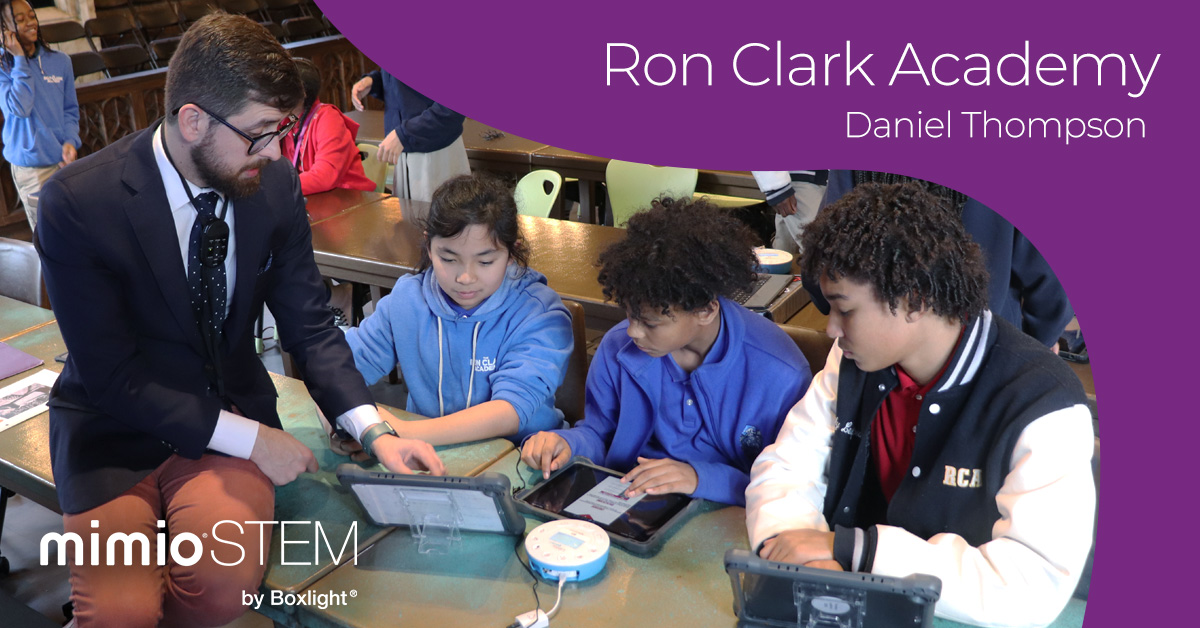In today's tech-centric world, early coding instruction from K-5 has gained prominence because knowledge and skills go beyond the classroom and help shape future STEM success. Its importance is reflected with an annual celebration on September 13th, known as Programmers Day, which honors the diverse contributions of programmers across various fields like technology, science, and entertainment, employing languages like Python and Java.
Coding cultivates vital skills such as critical thinking, problem-solving, and computational thinking, applicable throughout the curriculum. It fortifies math proficiency, enriches scientific comprehension, and instills engineering mindsets. It also acquaints students with technology and digital literacy. This foundation equips them for future STEM pursuits, making education a launching pad for promising futures. Let’s explore the importance of early coding, its connection with robotics, and its incorporation into various subjects.
Building the Foundations of Learning
Fostering Critical Thinking and Problem-Solving Skills
Coding is not just about learning a programming language - it's about nurturing essential skills such as critical thinking and problem-solving. When students engage in coding activities, they are presented with real-world challenges that require logical reasoning and creativity to solve. These skills serve as a solid foundation for future academic and professional endeavors.
Developing Computational Thinking
Computational thinking, a key element of coding, encourages students to break complex problems down into smaller, manageable parts. This analytical approach not only helps in coding but also in other subjects like math and science. Computational thinking helps students approach problems systematically, improving their ability to tackle challenging tasks across the curriculum.
Preparing for STEM Success
Strengthening Math Skills
Coding often involves mathematical concepts like sequencing, patterns, and algorithms. When students apply coding principles, they reinforce math skills naturally. This early exposure supports increased confidence and proficiency in math, which is critical for advanced STEM studies.
Empowering Tomorrow's STEM Leaders: The Role of Coding in Grades K-5
Topics: Education Technology, STEM, Coding, STEM education
In the world of educational tools, things evolve. The MimioPad wireless slate has retired, and it's no longer available. However, there's something new in development to fill its shoes.
Topics: Mimio, Update, Boxlight News, MimioK12
Teacher Self-Care: 5 Tech-Savvy Tips to Keep You Going
Teachers have a demanding job. Teaching is rewarding, but it can also be stressful. That's why, during Self-Care Awareness Month, here are five practical tips for maintaining well-being while using educational technology.
Topics: tips for teachers, SEL, edtech, Self-Care
Topics: Update, interactive displays, MimioPro 4
Connecting Literacy and Engineering: Empowering Students in K-12 Education
As educators strive to offer students a comprehensive learning experience, combining diverse subjects is a compelling choice such as integrating literacy and engineering. This dynamic integration fosters creativity, critical thinking, and problem-solving skills among others. Let's explore some benefits and examples of combining literacy and engineering, offering educators and students opportunities to venture into these domains.
Where Literacy and Engineering Meet
While literacy and engineering might seem unrelated, they actually complement each other. Both involve problem-solving, creativity, and effective communication. Literacy helps students express their thoughts, while engineering sparks innovation and hands-on learning. Combining these strengths creates a powerful educational mix that readies students for a rapidly changing world.
The Benefits of Blending Literacy and Engineering
Sharper Critical Thinking
When you bring together literacy and engineering, students get better at solving problems in different ways. For instance, think about making a simple machine like a lever. By reading about how levers work and then actually making one, students learn how to think creatively and solve challenges from different angles.
Topics: teacher resources, reading, STEM education, Literacy, Engineering
When it comes to diverse classrooms, effective communication reigns supreme. Enter classroom audio tools – the superheroes ensuring every student hears and engages. Especially important for students with hearing challenges, they redefine learning environments. Delve into the significance of classroom audio and uncover five actionable strategies to utilize audio tech for inclusivity. Unleash these audio superheroes to empower every learner.
Topics: Classroom Technology, edtech, Classroom Audio, student learning, audio solution, audio, Juno, teacher microphones, student microphones, wireless audio
Advancing Education through an Enriched Learning Ecosystem
In districts and schools, a comprehensive learning ecosystem is gaining attention as a powerful asset for driving innovation and progress. This ecosystem integrates technologies like interactive displays, digital signage, 3D printers, robots, and classroom audio to create a dynamic and engaging learning environment. By investing in the learning environment that teachers and students spend so much time in, benefits like increased engagement, access to state-of-the-art tools, and improvements in assessment scores are more achievable.
Topics: Classroom Technology, Education Technology, edtech, technology, Connected Classroom, Learning Ecosystem
Transforming Education Through High-Tech Professional Development: 5 Benefits for K-12
In the ever-evolving landscape of education, technology has emerged as a powerful tool to enhance learning experiences and equip students with the skills they need for the future. As K-12 schools integrate high-tech solutions into their classrooms, the importance of professional development for educators cannot be overstated. What are the top five benefits of investing in professional development when implementing high-tech solutions in K-12 schools?
10 Ed Tech Tips and Tricks to Start the School Year Strong
As educators, integrating technology brings new opportunities for engaging learning experiences and efficient classroom management. This new school year is the perfect time to leverage the potential of educational technology for a dynamic and productive learning environment. Whether you're well-versed or just starting your journey with Ed Tech, these top 10 practical tips and tricks will help you achieve your goals.
Topics: Education Technology, tips for teachers, edtech, teacher resources
Revolutionizing Learning: Labdisc Transforms at Ron Clark Academy
Topics: Case Studies, Labdisc, STEM, STEM education, MimioSTEM, Success Story

